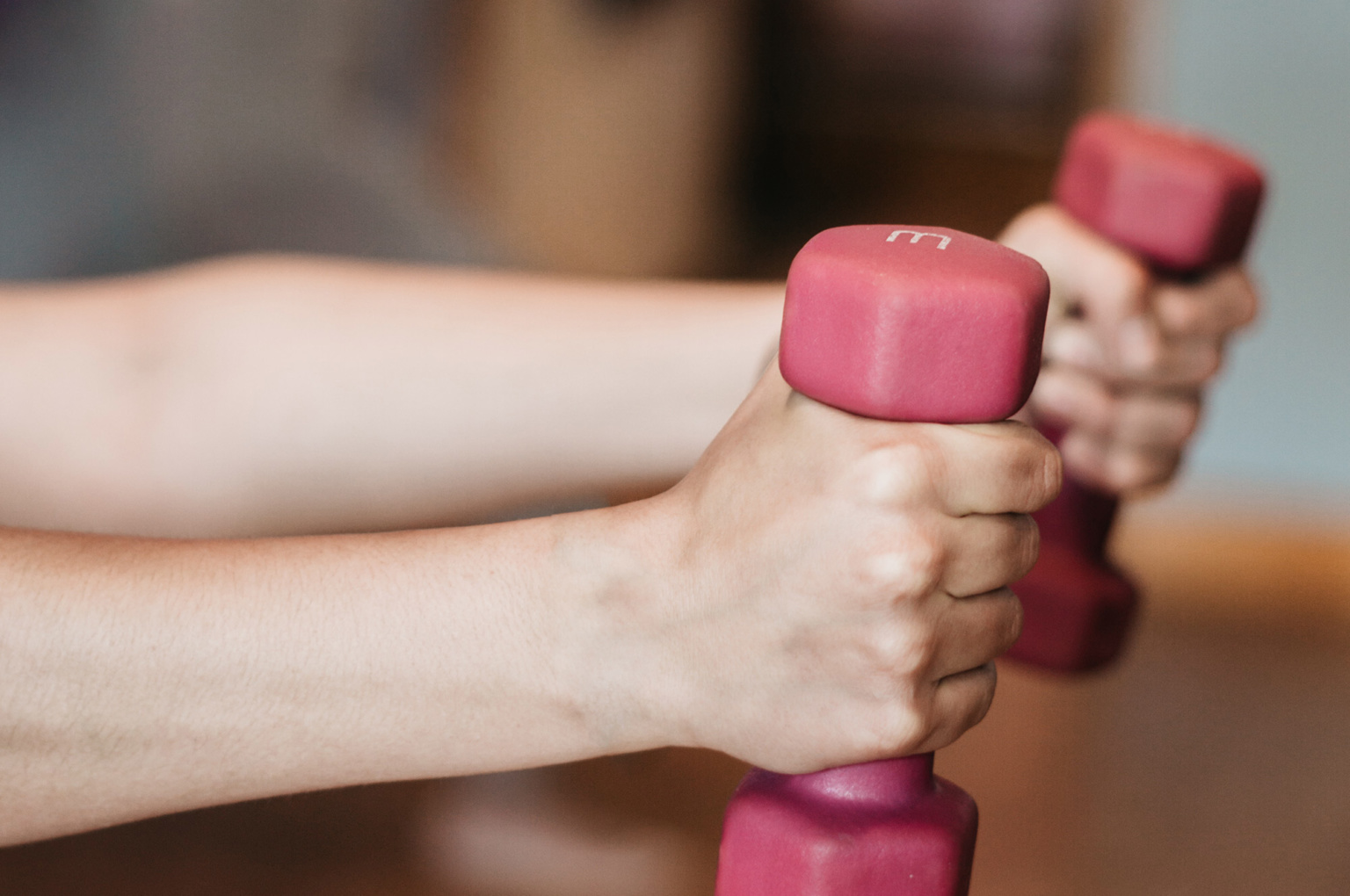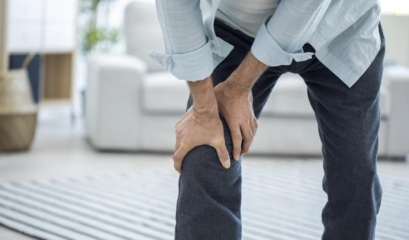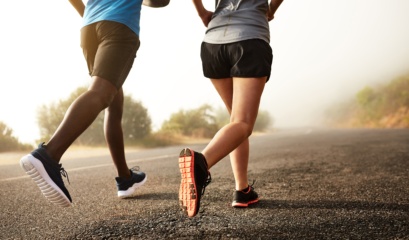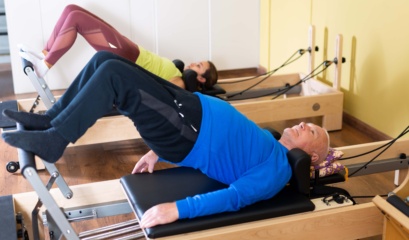What Are Biomechanics?
Biomechanics is a word you’ve probably heard if you have visited a physiotherapist before, but may not have understood what role it plays in your rehab and everyday life. Biomechanics is a fancy term, for the science of how and why your body moves the way that it does. Physics also has a role to play in biomechanical science, how and why objects move the way they do is important to determining optimal mechanics.
For example in a research setting, a researcher looking at the biomechanics of a runner would be looking at the arm placement for the best aerodynamics.
In a real life setting, we use biomechanics to determine the best way to complete movements. Knowing how your back should move during a deadlift allows us to see if you are performing the movement in a way which could possibly lead to an injury. It also shows us where you might have a weakness or imbalance which could lead to an injury. If you lift weights you might have heard this referred to as “optimal form” or “correct form” for movements.
An everyday example of this is lifting a heavy object. Many of us have been told you should lift with your legs and not your back, but why is that? Well, squatting down and having the weight close to your body distributes the object’s weight more evenly through the spine and legs.
On the other hand, if you bend forward with a stoop in your back and grab the object you are holding most of the weight right at your lower back forcing your back to work much harder to lift the same weight.
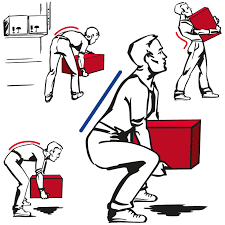
You can read about the forces involved with lifting here.
Biomechanics can also be used to:
- Identify the optimal technique for enhancing sports performance.
- Analysis of body loading to determine the safest method for performing a particular sport or exercise task.
- Assessment of muscular recruitment and loading.
- Analysis of sport and exercise equipment e.g., shoes, surfaces and rackets.
- Attempt to either enhance performance or reduce the injury risk in the sport and exercise tasks examined.
What is a Biomechanical Analysis?
During a traditional biomechanical analysis (or biomechanical assessment), a physiotherapist would use an observation test. That is, to analyse and take their best guess regarding differences in motion and imbalances which might be present. At Benchmark Physiotherapy, we use advanced technology and software to measure your movements and imbalances to exact degrees. This allows us to spot even minor imbalances before they lead to larger problems. No matter what type of Biomechanical analysis you do, the goal is the same. To find imbalances and weakness before they lead to problems.
Muscle imbalance means a muscle is stronger or weaker than it should be. This typically means a muscle is working much harder than it should because the surrounding muscles are weaker. This leads to the stronger muscle overcompensating for the weaker muscles and this can lead to overuse injuries.
An example of muscle imbalance leading to injury is the knees.The knee is a complex joint that is prone to overuse injury. Weakness in the hamstring can lead to increased strain on the ACL (anterior cruciate ligament. The ligament that runs through the middle of the knee). Increased strain on the ACL puts you at a higher risk of ACL tear, which can take months to fully heal even if only a minor tear. It could also require surgery to see a full recovery, which is expensive and makes recovery all the more complex.
Biomechanics is very important in understanding how and why injuries occur. Biomechanical assessments, especially advanced tests measuring even minor imbalances, are one of the best tools we have to help prevent injuries before they occur. But keep in mind, an assessment is only as good as the rehabilitation that follows. It isn’t fun or exciting to complete rehab exercises to correct muscle imbalance, but it is an important part of preventing injury. Working with an experienced Physiotherapist prior to problems occurring is a great way to keep you safe and injury free.
What to expect at a Biomechincal Assessment
Expect to move! The only way for a physio to know how you move is to watch and measure how it is that you move. This means you should wear comfortable clothes and your favourite workout shoes.
Also be prepared to answer questions about your life and potential problem areas. What does your work set up look like, how often do you exercise, what concerns do you, have you had injuries in the past, any areas of recurring pain?
Know your goals as well! Whether your goal is to run a 5k race, or to work at a desk all day without neck pain. These goals help to guide your physio in creating your rehab program and know what you want to focus on right now, as well as future goals you and your physio need to work towards.


